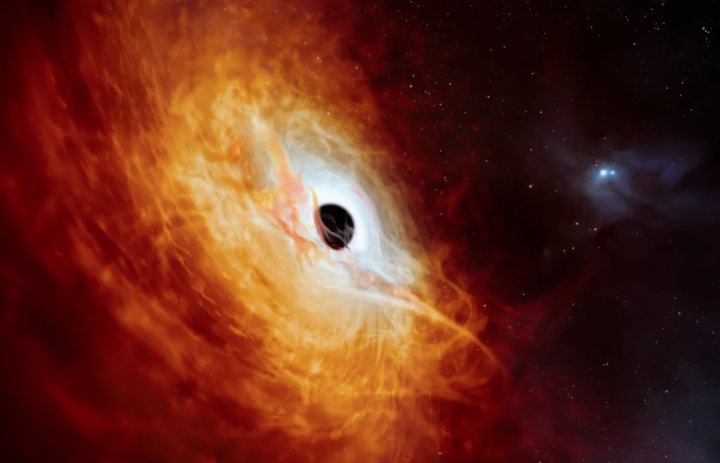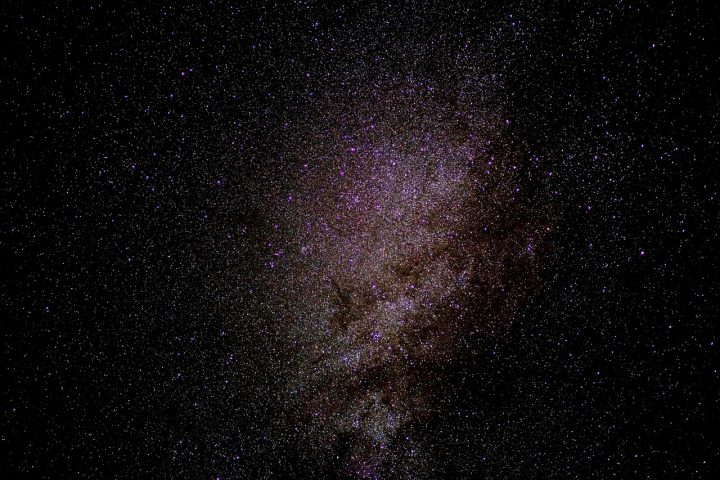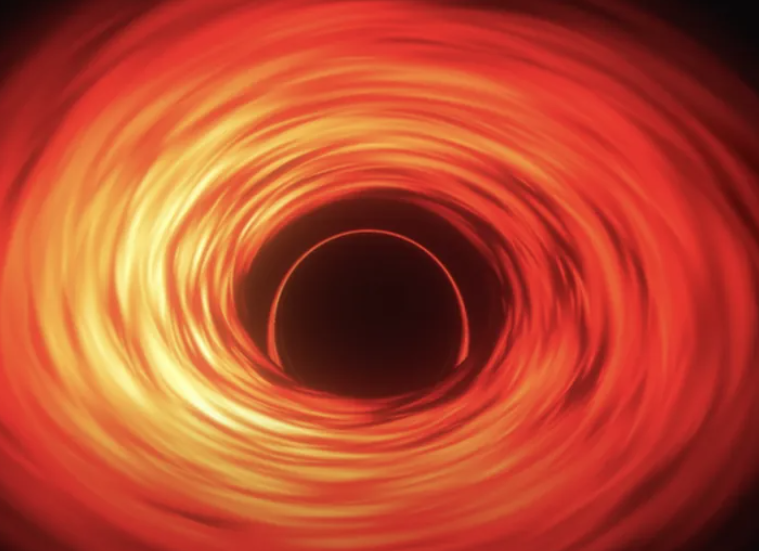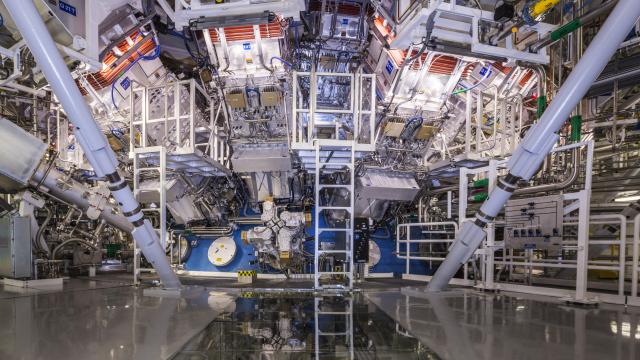Astronomers have made a groundbreaking discovery, identifying the most massive pair of black holes ever observed. This remarkable duo, collectively weighing in at an astounding 28 billion suns, has captured the attention of the scientific community.
Located within the ancient galaxy B2 0402+379, this black hole binary system is composed of two colossal supermassive black holes engaged in an intricate cosmic dance. Remarkably, they orbit each other at a distance of a mere 24 light-years, marking the closest encounter of black holes ever recorded.
Despite their proximity, these twin behemoths have defied expectations by stubbornly refusing to collide and merge. Their gravitational embrace has persisted for over 3 billion years, locked in an eternal orbital standoff. The intriguing question remains: will this celestial ballet continue indefinitely, or will it culminate in a cataclysmic collision?
Published in the Astrophysical Journal on Jan. 5, astronomers remain puzzled by the unprecedented nature of this discovery. Co-author Roger Romani, a physics professor at Stanford University, reflects on the anomaly, noting that while lighter black hole pairs within galaxies typically merge swiftly due to gravitational forces, these heavyweight counterparts have depleted the surrounding stellar and gas resources, halting their convergence.
The origins of black holes, born from the cataclysmic collapse of massive stars, continue to elude scientific understanding. Theoretical models of the universe’s early stages suggest that black holes emerged from dense clouds of gas and dust, giving rise to massive stars destined for rapid collapse. As these primordial black holes grew, they shaped the formation of the universe’s first stars and dwarf galaxies, leaving an indelible mark on cosmic history.
As the universe expanded and evolved, astronomers speculate that the black holes nestled within these fledgling dwarf galaxies swiftly merged with others, catalyzing the formation of larger, supermassive black holes, and consequently, more massive galaxies.
In their quest to pinpoint a pair of nearly-colliding black holes, researchers delved into archival data sourced from the Gemini North telescope stationed in Hawaii. Employing the telescope’s advanced spectrograph, known as GMOS, they dissected the light emitted by stars, revealing telltale signs of stellar motion influenced by the gravitational pull of nearby black holes.
This meticulous analysis led the team to the enigmatic B2 0402+379, a celestial anomaly dubbed a “fossil cluster,” believed to have formed from the amalgamation of an entire galaxy cluster’s worth of stars and gas into a singular colossal galaxy.
Roger Romani elaborates on their discovery, attributing the success to the remarkable sensitivity of GMOS, which facilitated the mapping of stellar velocities towards the galaxy’s core. This crucial data enabled the astronomers to estimate the collective mass of the black holes ensconced within.
The intricate process by which black holes within merging galaxies coalesce involves a mesmerizing cosmic ballet. As these colossal entities enter into orbit around each other, their gravitational influence gradually draws them closer together, while simultaneously affecting the trajectories of nearby stars, dissipating angular momentum in their celestial dance.
The culmination of this gravitational interplay is anticipated to occur when the black holes reach a critical proximity. At this juncture, scientists theorize that the emission of gravitational waves — ripples in the fabric of space-time generated by the black holes’ gravitational interactions — facilitates the dissipation of energy, enabling the titanic entities to slow down and ultimately merge.
However, despite the theoretical underpinnings of this phenomenon, the merger of the black holes residing within B2 0402+379 has defied expectations, remaining at a standstill for over 3 billion years. This prolonged stasis is attributed to the exceptional massiveness of the binary pair, rendering conventional mechanisms insufficient to impede their gravitational inertia.
Lead author Tirth Surti expresses anticipation for forthcoming investigations into the core of B2 0402+379, where the presence of gas will be scrutinized for insights into the fate of the supermassive black holes. This probing inquiry aims to elucidate whether these cosmic giants will ultimately merge or remain entrenched as an enduring binary system, thus unraveling one of the universe’s enduring mysteries.





